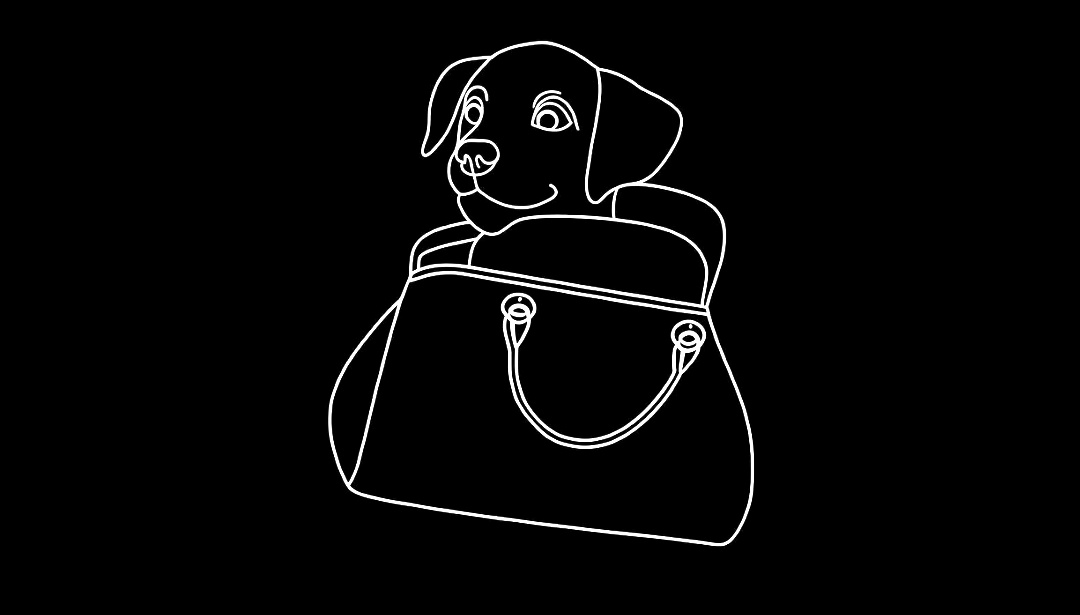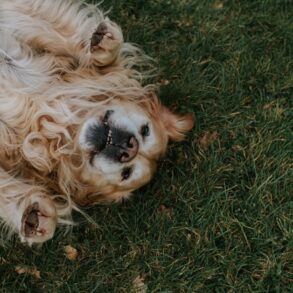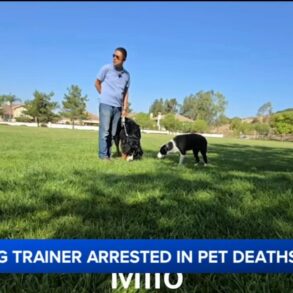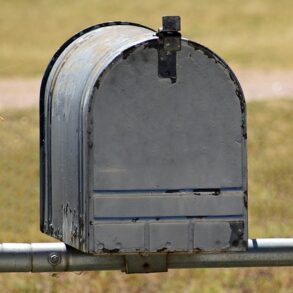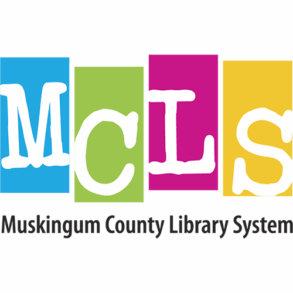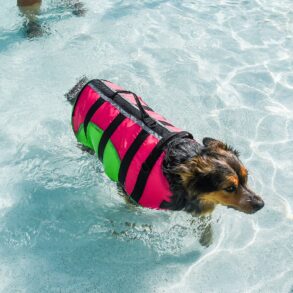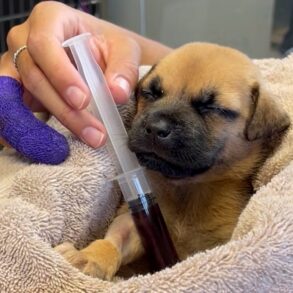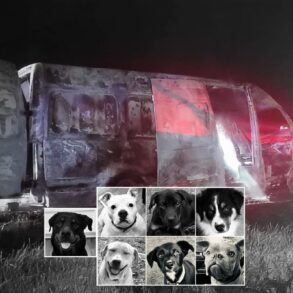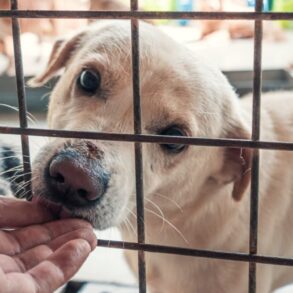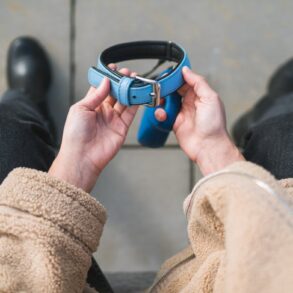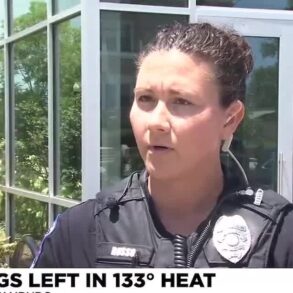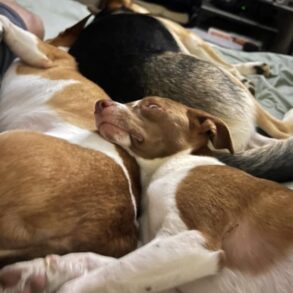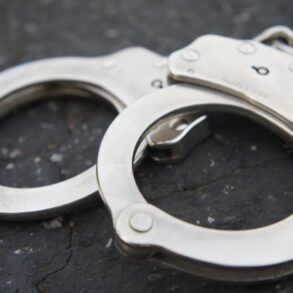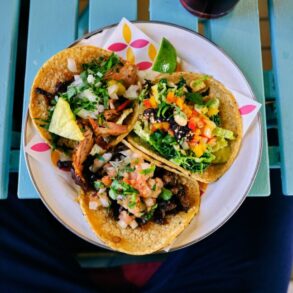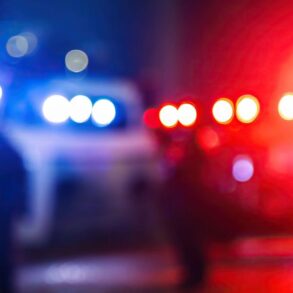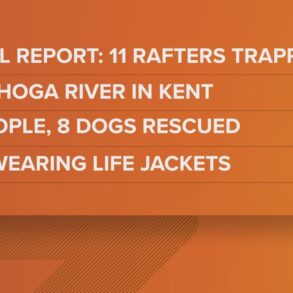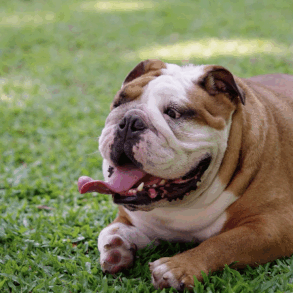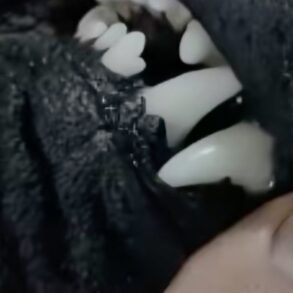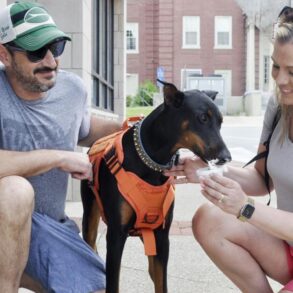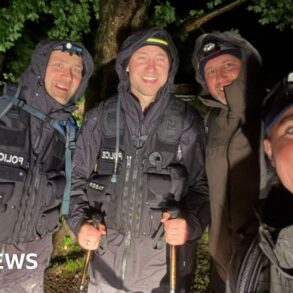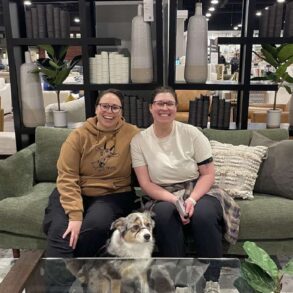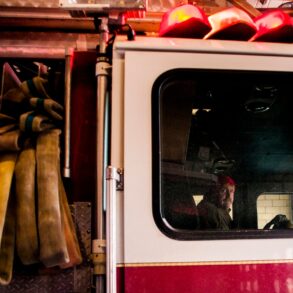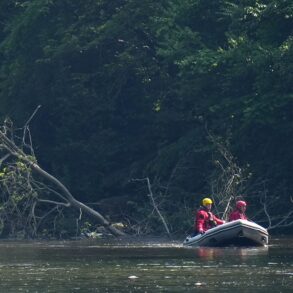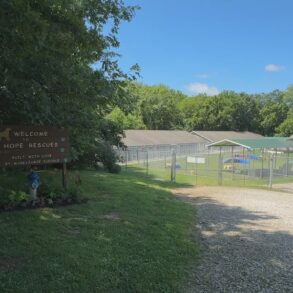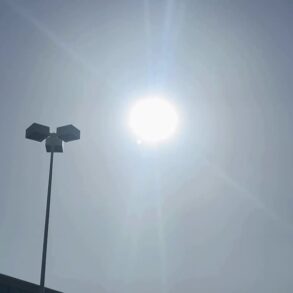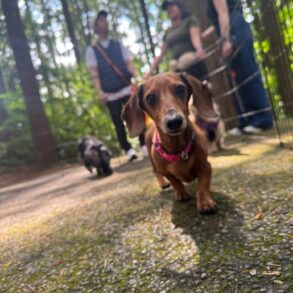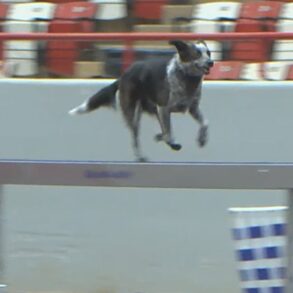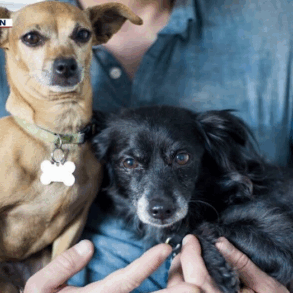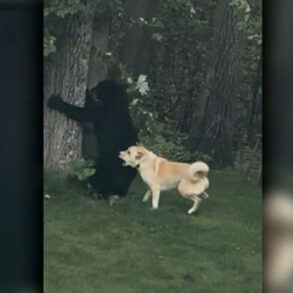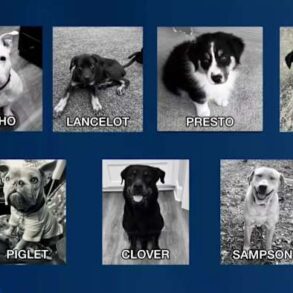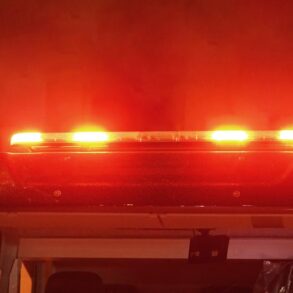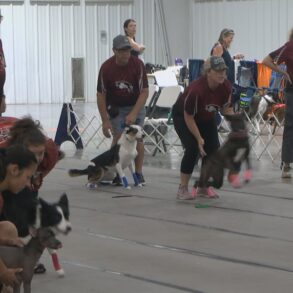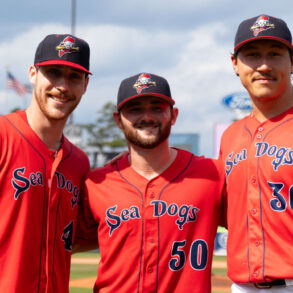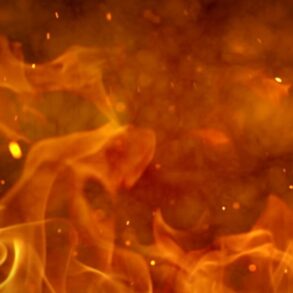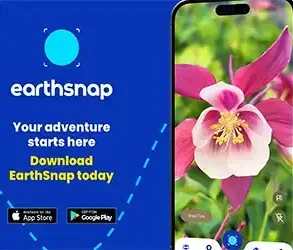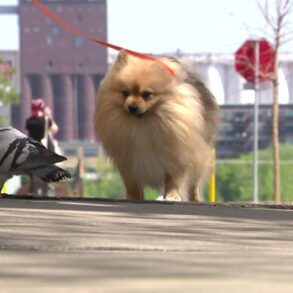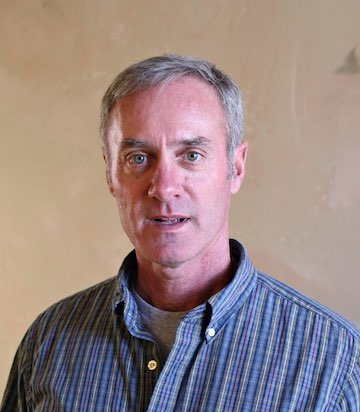
Tom Clyde mug
Well, we got the Olympic bid. There were others in the running, kind of, but it seemed certain that we would get 2034, and equally certain that we will end up in some kind of rotating system of Winter Games sites to host future games.
The costs of putting it on have become so ridiculous that fewer cities are willing to bid. A system of rotating venues makes so much sense that not even the IOC can deny it.
That’s such a radical difference from the 1998 bid, which we didn’t get, and the successful 2002 bid. In 1998, we were literally out-bribed by Nagano. They thoroughly schooled us in the ins and outs of what was a completely corrupt process.
So for 2002, we were the successful bidder — the under the table costs of which will never really be known. As Justice Clarence Thomas would describe it, they were gratuities, not bribes.
Coming months after the 9/11 attack, with the nation still rattled and frightened, the Games took on a higher level of importance in the national psyche. People who had never seen snow cared about the Winter Olympics that year.
Security preparations in town were nothing short of oppressive. I remember skiing down an otherwise deserted Perseverance Bowl only to have a military helicopter rise up in front of me close enough I could see the pilot’s face, missiles pointed right at me. Practice makes perfect.
We pulled it off, triumphantly. I don’t care two roadkill potguts about the competitions, but was fully engaged with it. I watched what I could in person, spent hours on Main Street and in a fully transformed downtown Salt Lake (there were people on the sidewalks and businesses open after 6 p.m.!). I had a minor volunteer position that allowed me to get into events without tickets and experience some great people.
I’ll always remember a young couple who said they were home in their apartment in Chicago, watching it on TV, and spontaneously decided to get dressed and drive to Utah that night. They showed up at my information booth after a ski jump event and wondered if I knew of a hotel room. Local organizers had it so dialed in that I had a list, and as long as they didn’t mind changing hotels every night, they could pick up a single here and there for almost nothing.
Another couple came by and asked for directions to walk back to their Kimball Junction hotel — in the dark, in the post-event traffic. I told them to get a cup of coffee, my shift ended in a half hour, and I would drive them so they didn’t get run over walking down S.R. 248, which didn’t have a foot path back then.
Another family explained they were in a motor home, and were camped way out in the sticks. They wanted to know if I knew anyplace closer. When I asked where they were camped, it was just up the street from my house. They refilled their water tank from my hose.
A Swiss kid set a record on the ski jump. It honestly looked like he was going to land on the roof of Walmart. I watched it happen.
There’s no question that the Olympics changed Utah.
Before, there was a winter sports competition base here, but it wasn’t a whole lot. The World Cup races drew modest crowds for free.
After, it seemed like every kid in town had Olympic dreams. If you can see it, you can be it. Suddenly a gold medalist is mixing paint for me at Home Depot or reviewing subdivision plans in the county planning department. In later years, we joked that there were cul-de-sacs in Snyderville that won more medals than several whole countries.
To the limited extent Utah was known to the rest of the world, it had a reputation for being weird. When organizers polled to find out what Utah’s image was in the rest of the country, the answer was, “Huh?”
After the Olympics, Salt Lake was certifiably cool. Goldman Sachs has several thousand employees in Salt Lake who I’m certain would not be here but for the Olympics. After the Olympics, the move to Utah seemed plausible. I’m guessing that a lot of people reading this now are here in large part because of the Olympics, though it’s hard to draw a straight line.
A lot of the changes have been healthy, dragging the state into the modern world or somewhat closer to it. But it also spurred a period of rapid growth that the state has not planned for adequately. Freeways built by shaking the Olympic money tree are already overloaded, housing is too expensive, and natural resources are stretched.
Until they can figure out how to build another Alta or Moab, maybe we should stop building other stuff that is overloading them.
The growth may have happened anyway, and without the Olympic cash infusion (the Salt Lake City light rail system is an Olympic legacy more important that the speed skating oval), things might be even messier because the state can’t afford to build all that on its own. Twenty-two years later, I’m still undecided whether the party was worth the hangover.
I don’t think the 2034 games will cause the same kind of social and economic earthquake as 2002. That bobsled is already down the track. I hope it is as successful as 2002. It was magic.
Tom Clyde practiced law in Park City for many years. He lives on a working ranch in Woodland and has been writing this column since 1986.
This post was originally published on this site be sure to check out more of their content.
